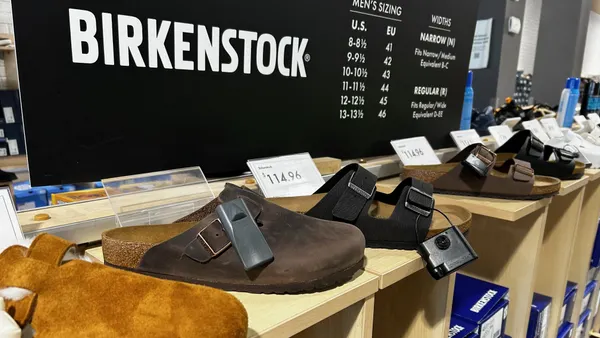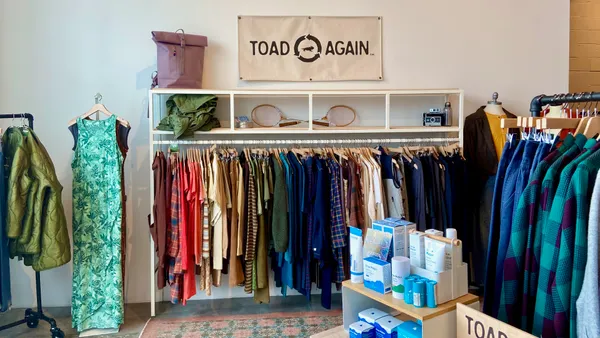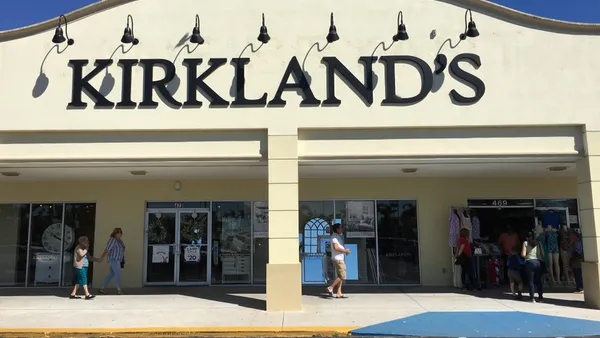Dive Brief:
-
Ralph Lauren Corp. shares fell 9.5% in early market trading Tuesday after the retailer said it would close stores and lay off employees in an effort to arrest falling sales, reports Bloomberg.
-
Layoffs could affect 10% of the company’s workforce, including several longtime executives, according to sources who spoke with Women’s Wear Daily. Larsson told the Wall Street Journal that the company is also closing 10% of its retail portfolio, accounting for around 50 stores, mainly on the higher end.
-
Ralph Lauren outlined its turnaround effort, called its "Way Forward Plan," in a press release Tuesday, which includes changes to its product, marketing, and in-store experience. The retailer also aims to reduce supply chain lead times and improve sourcing and multi-channel distribution capabilities.
Dive Insight:
Last year, designer Ralph Lauren shook up the retail industry with the announcement that he would be stepping down from the CEO post of the fashion empire he built. Even more surprising was his choice of successor—Stefan Larsson, previously president of Gap Inc.'s Old Navy brand.
Now it’s go time for Larsson, who must find a way to turn around the iconic retailer’s falling fortunes. In part of the "Way Forward Plan," Larsson will do away with three levels of management to create a more nimble organization that might help it compete in an always-shifting retail market. Larsson also told the Journal that he plans to reduce the amount of Ralph Lauren wares sold in department stores in an effort to curb discounting there.
In a remarks in a conference call with analysts last month, Larsson said the company must return to the merchandising and marketing that made Ralph Lauren a household name in apparel and home design fashion for so long.
“In short, we have not focused enough on nor evolved enough the core of what made us great in product, marketing and the shopping experience,” he said. “In addition, our underlying business engines are not running at full speed. We also have an inefficient cost structure and an organization that's not nimble enough in the marketplace.”
Larsson was in some ways a surprising choice to succeed Lauren as the head of his fashion empire, although his past business savvy may have helped him in the decision process. Larsson has a strong history in lower-price, mass market retail, first at H&M and then later at Gap's Old Navy brand. He is credited with revitalizing the Old Navy brand with an operating model that was swift at identifying trends and responding to popular items in stores. During Larsson's time with the company, the brand became a regular bright spot in Gap's otherwise dim earning reports.
But for Ralph Lauren, there is still much to be done. The company said Tuesday that it expects Q1 net revenues to decline at a mid-single digit rate and that its fiscal 2017 Q1 operating margin would be approximately 110-160 basis points below the comparable year-ago period.














